Developing products & services people REALLY want to buy.
Design Thinking has become quite the business buzzword, but what do we actually mean when we talk about it and how is it relevant to small businesses?
Design thinking is a creative problem-solving process with a focus on the client's experience rather than yours.
Why focus on your client’s experience? It’s because they are your best resource to find out the problems they actually care about.
Clients buy solutions to their problems and your clients will be able to show you what they REALLY want to buy.
Don’t fall into the assumption trap of relying on your experience and expertise! Never assume that you know exactly what your clients want. Many multinational companies have done that, and I’ve witnessed it a number of times! Someone has a ‘great’ idea (probably a senior management VP who hasn’t been directly in contact with their customers for years!). It’s a bright and sparkly idea that incorporates the latest technology, everyone gets excited and the product is given a jazzy name and new logo!
Time and money are spent developing it, huge marketing budgets are allocated, and the launch is greatly anticipated. And then… tumbleweed. Why? It didn’t solve a problem their customers actually gave a S**T about. If we truly understand our client's problems and pain points, empathise with them, and research them, we can better design solutions (products and services) they will want to buy from us. Sounds good doesn’t it - developing products people really want to buy. There are lots of variations on the Design Thinking model but here is a rough outline of what that journey might look like.
Discover – what's the problem?
Get inside the head of your current or potential clients. Read what they read, understand their work and home life, research groups they’re part of and network with them. Most importantly ask them questions! Ask about their experience having worked with you or companies like yours before, what was good and bad about it? What was the journey like from how they found out about you/them to after the sale or service was delivered? Who are the decision-makers? What helps make a buying decision easy for them? What are their pain points and needs? And any other questions you can think of!
Define – which problem and why is it important.
What themes are you starting to see emerging? From doing that research you’ll be able to understand the key problems that your clients are facing. Areas of opportunity for new products or service improvements will start to surface. Focus on one and get specific.
Develop - Ideate – what are the many ways you could solve the problem?
My favourite stage. Get the post-it notes out! Brainstorm all the ideas that would help to solve this problem. Think big, think weird, think differently, no self-censoring, and go beyond the obvious - the aim is for quantity. When you think you’ve covered everything challenge yourself to add 10 more ideas. It helps the creatively to do this with someone else - your coach, a co-worker or a friend that can be convinced to join in exchange for some booze at the end! You can then narrow down all those wonderful ideas by checking which are:
Desirable – to your client.
feasible – are possible in current circumstances.
Viable – commercially viable for you to develop.
Deliver – Getting it out there and testing it
Outline your service or prototype your product and share it with potential clients. What do they think? How could it be made even better for them? What would they change? Once you’ve launched your new product make sure that you continue to iterate and evolve it. Check-in regularly with clients’ experience and feedback and keep in mind market changes. Design, learn and re-design. A process listed out like this can feel overwhelming. But being a ‘Design Thinker’ is more about an approach to your business development than the process itself. From working with my coaching clients, I know that if you can cultivate the below 3 habits Design Thinking will integrate into your business and become second nature.
Really get to know your clients – ask questions. Get detailed feedback about your product or service – and really listen to their answers.
Regularly set aside time to reflect, think and ideate around your clients’ problems – do this with a coach or coworker if possible.
Keep iterating - design, learn and re-design.
Keep these in mind and you’ll be focused on the real challenges clients want to buy a solution for. You’ll also save yourself time and money – and we all love that!
